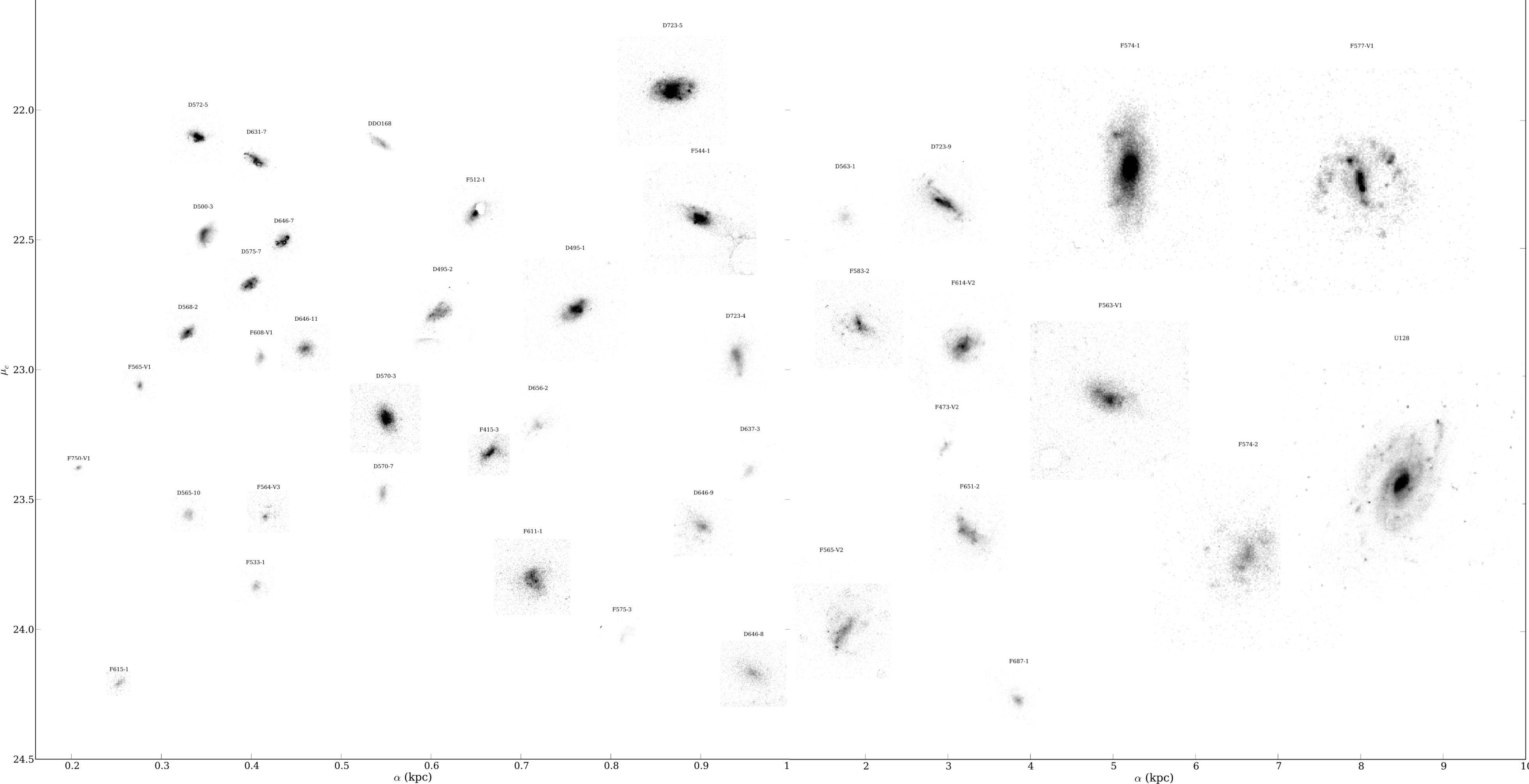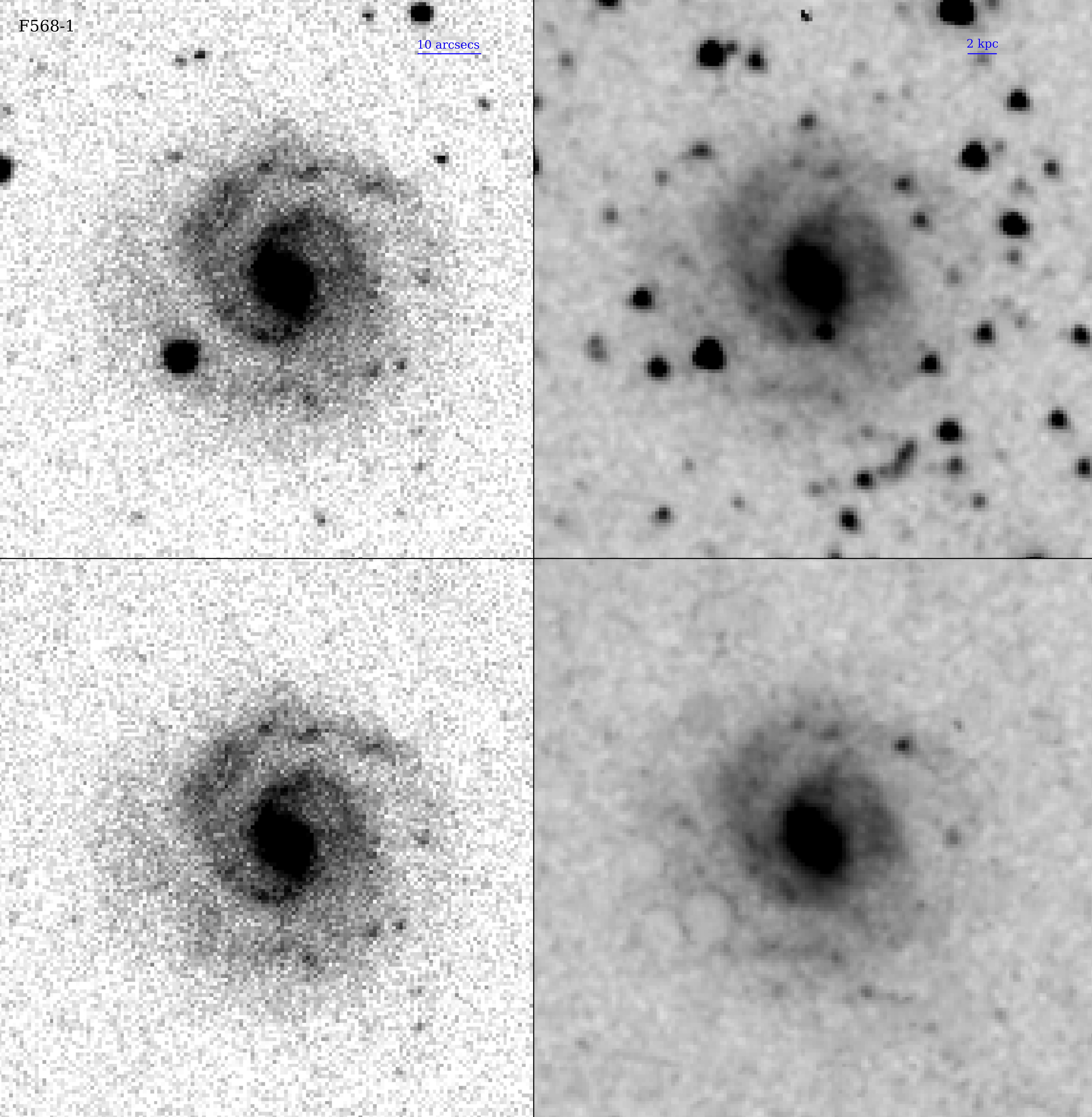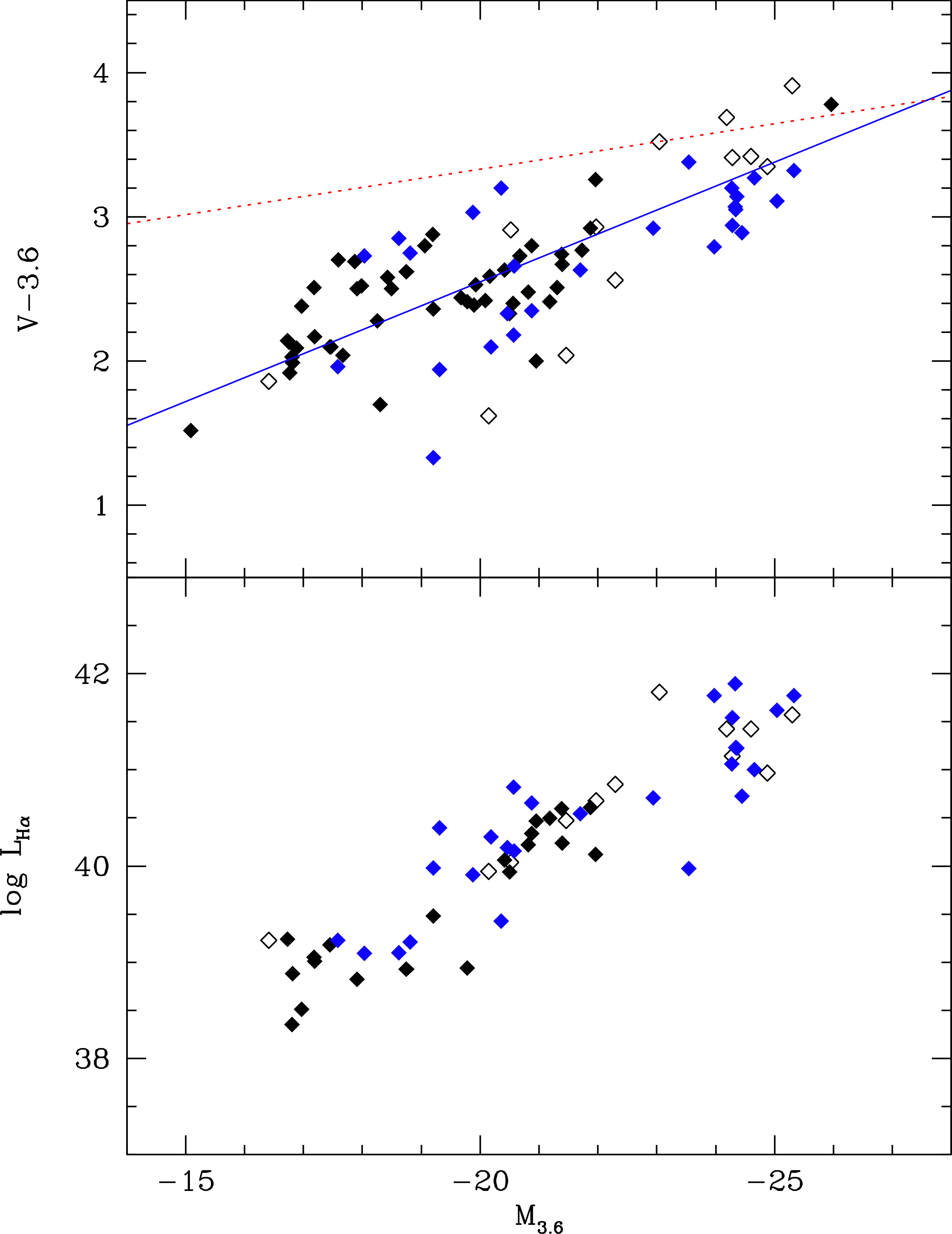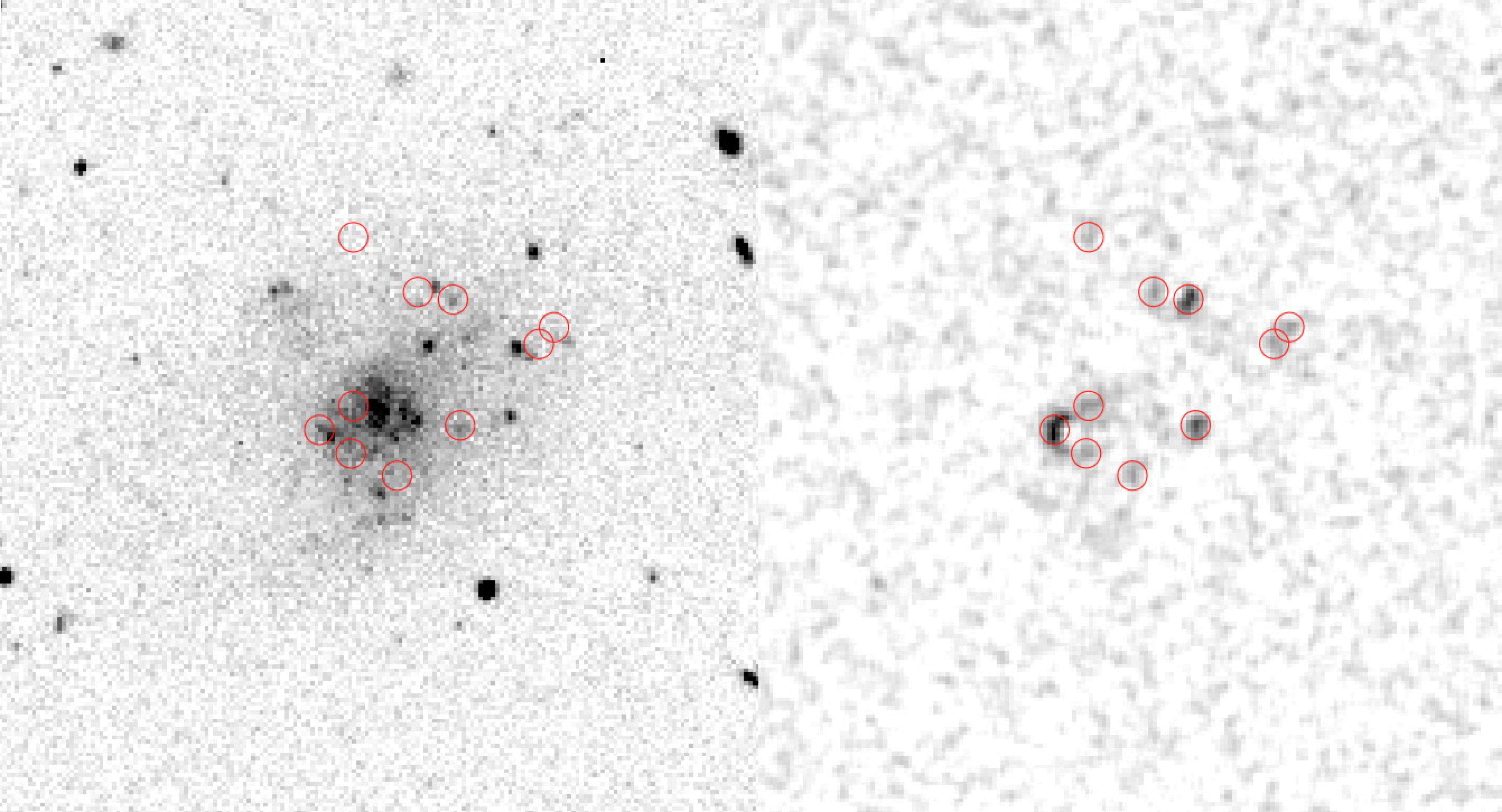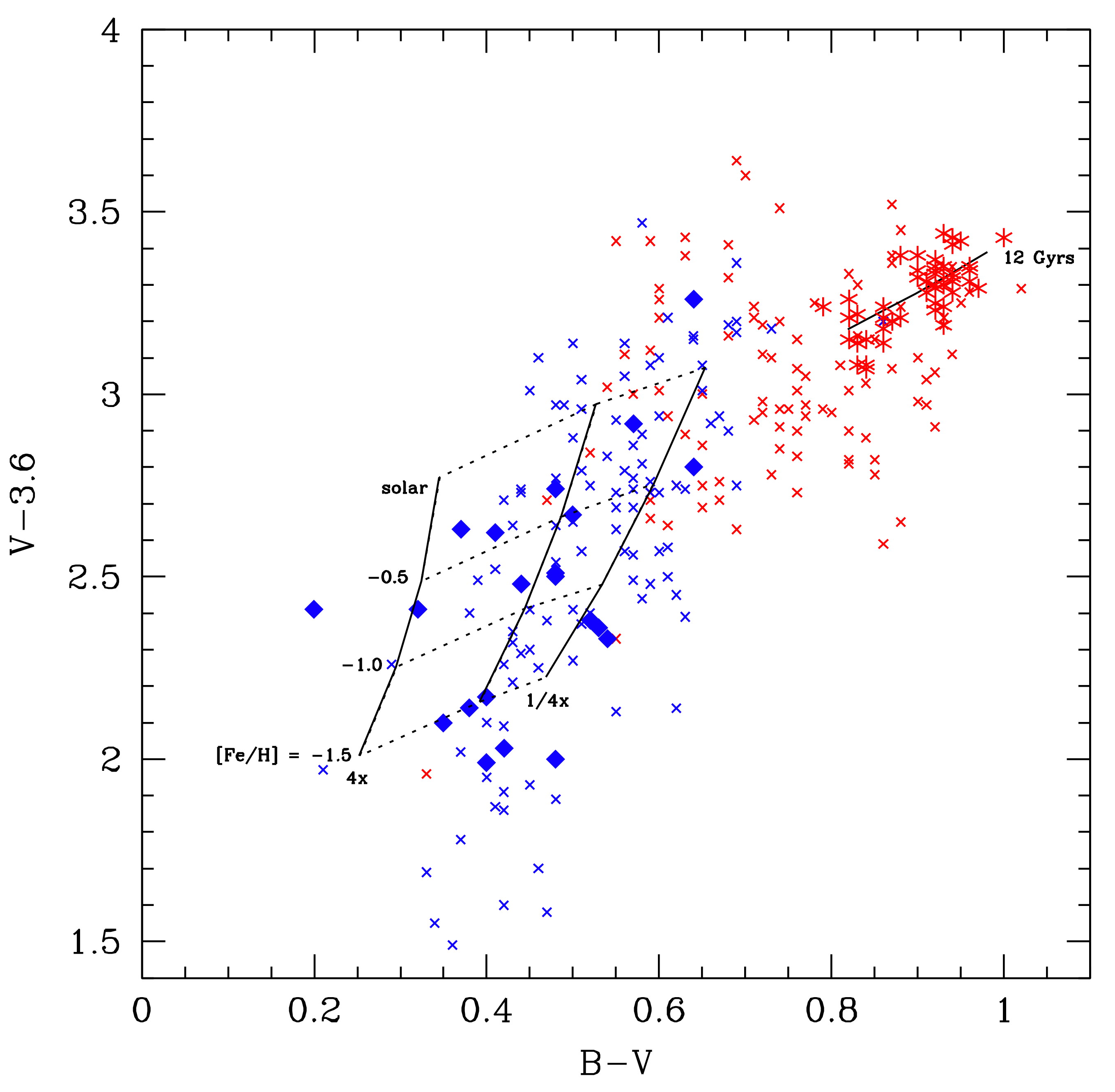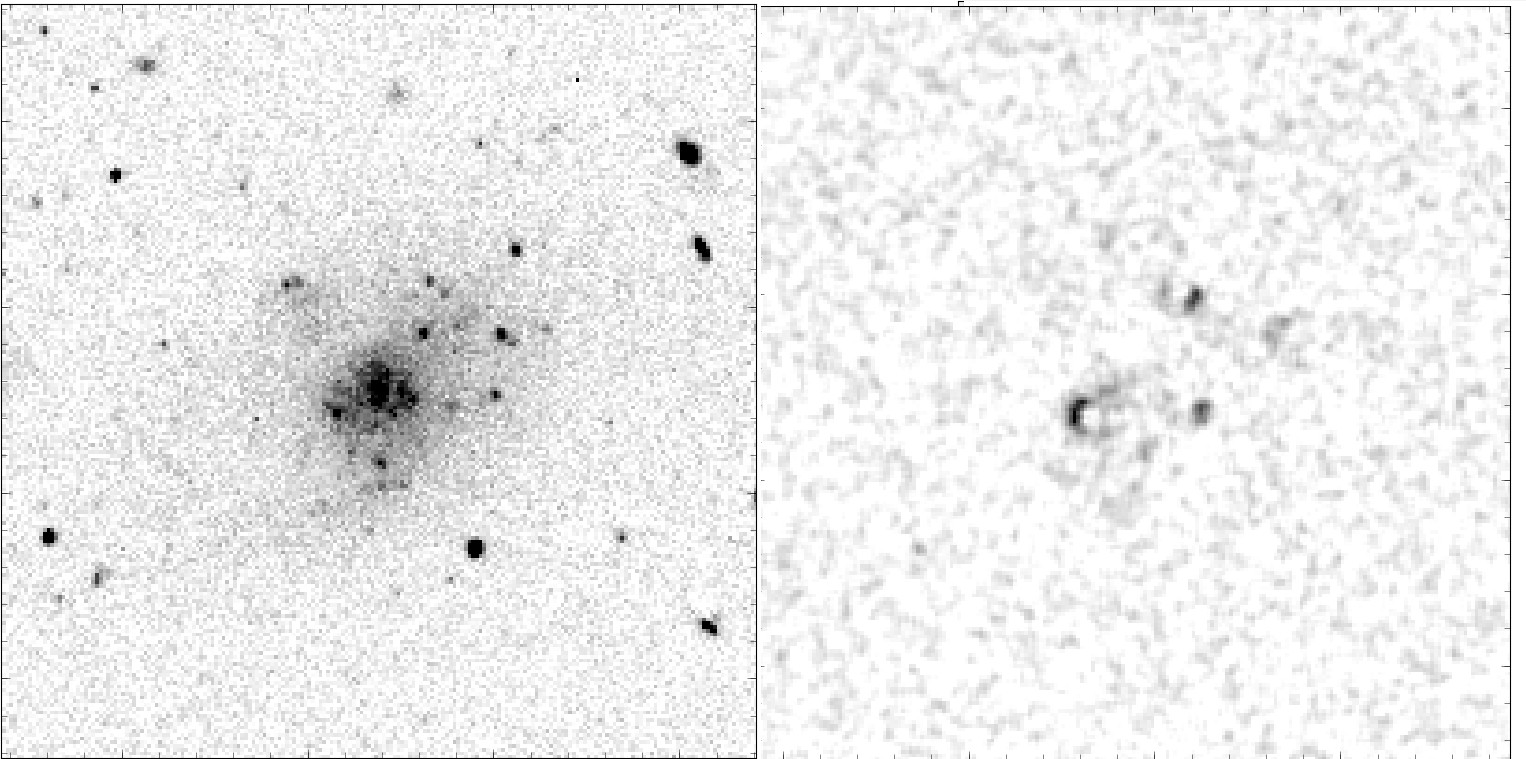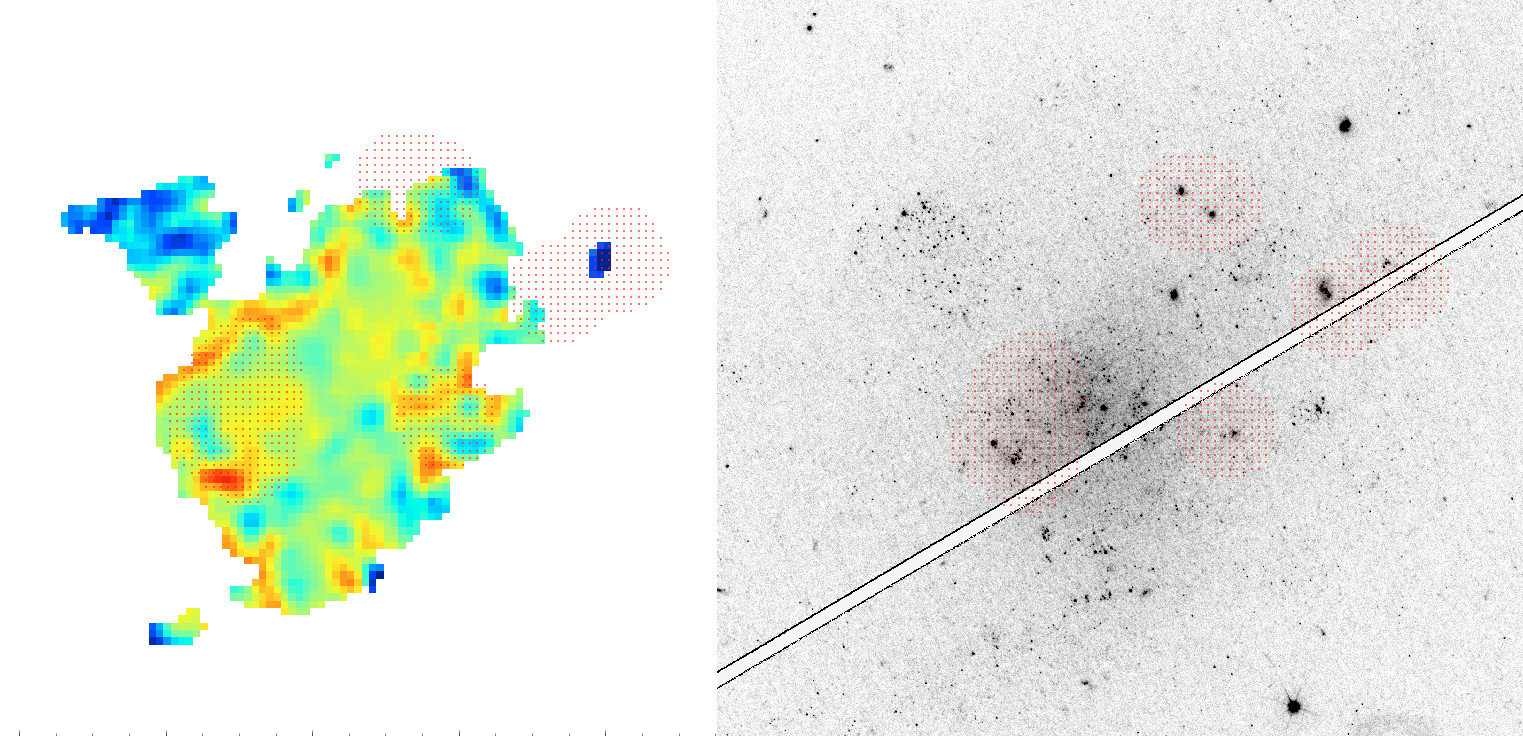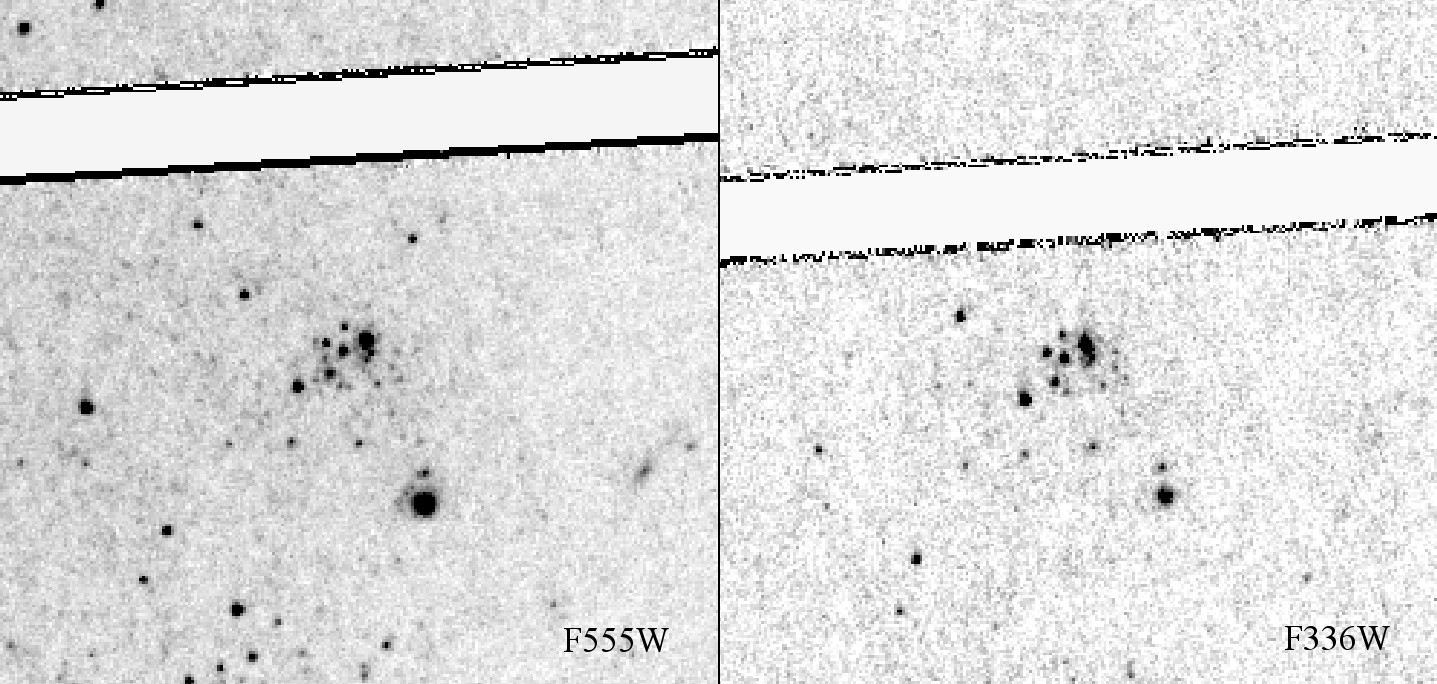|
defined as $\mu_o < 23$ B mag arcsecs$^{-2}$
usually, but not always, irregular in morphology
vary in size from dwarfs to Malin giants
single and double horn HI profiles (i.e., some are disks, some have solid body rotation)
all have very low SFR (based on H$\alpha$ emission)
high gas mass fractions ($f_g > 80$%)
low gas metallicities ($-1.5 <$ [Fe/H] $< -0.5$)
most very blue in optical and near-IR colors
${M_*} \over {SFR}$ $\approx$ Hubble time
low SFR, low stellar densities, low metallicities, high gas fractions -> ok, but blue colors?
--> 20 years of $BVRI$, HI, H$\alpha$, $Spitzer$ 3.5$\mu$m observations of 100 LSB galaxies +
HST WPC3 F336W, F555W, F813W images of three LSB's, to resolution their star formation history
|

|

